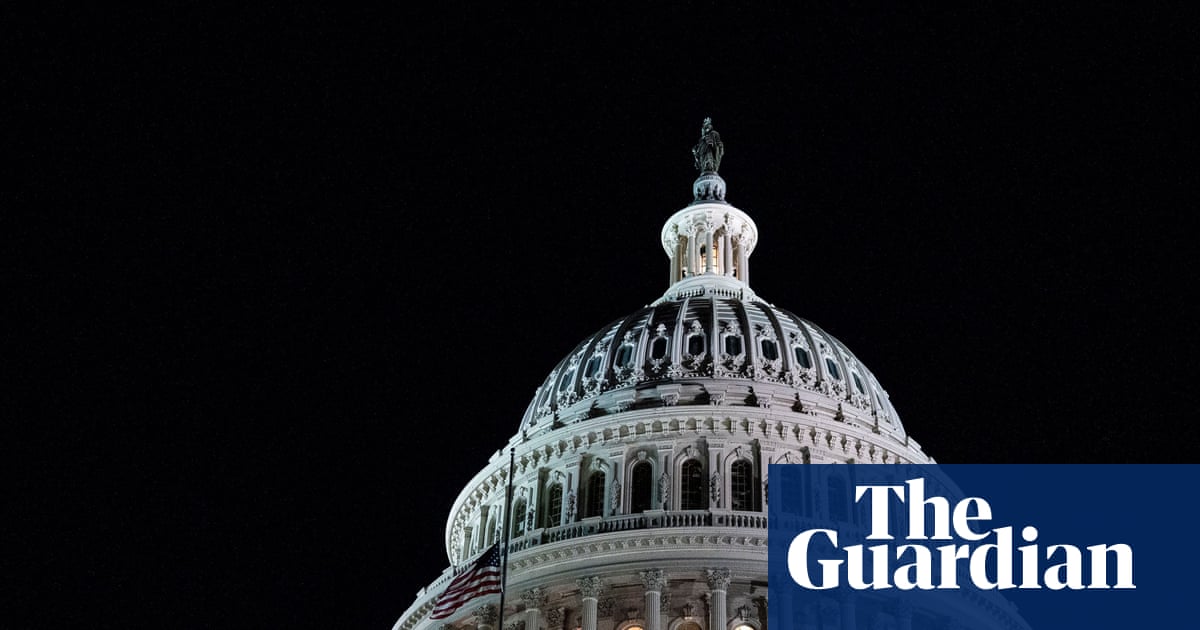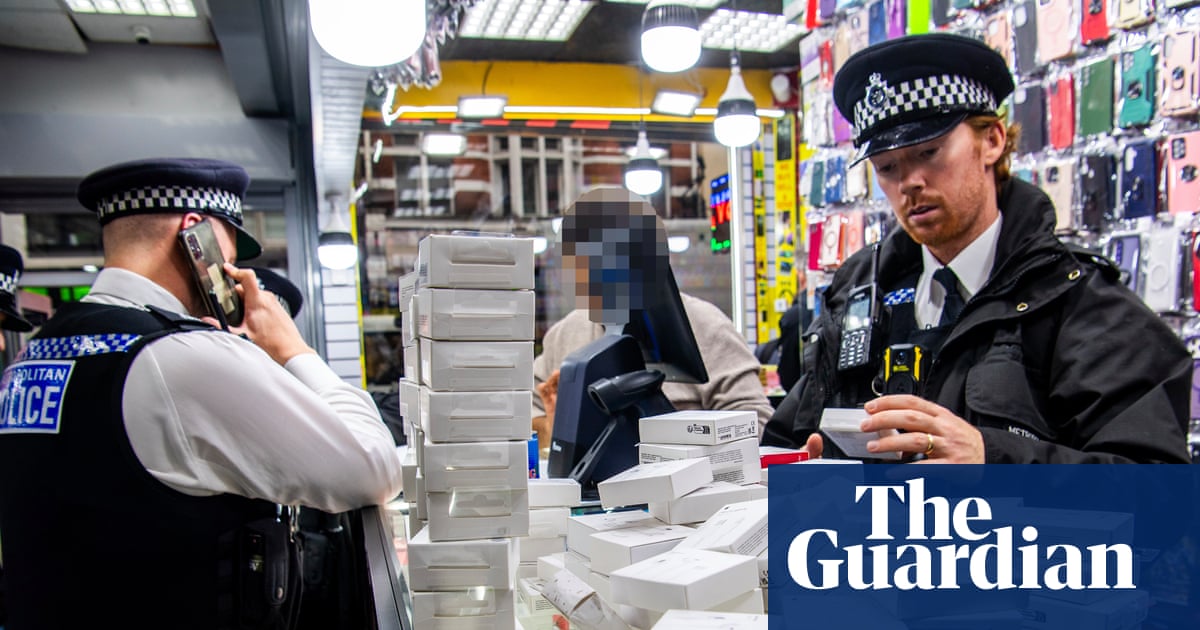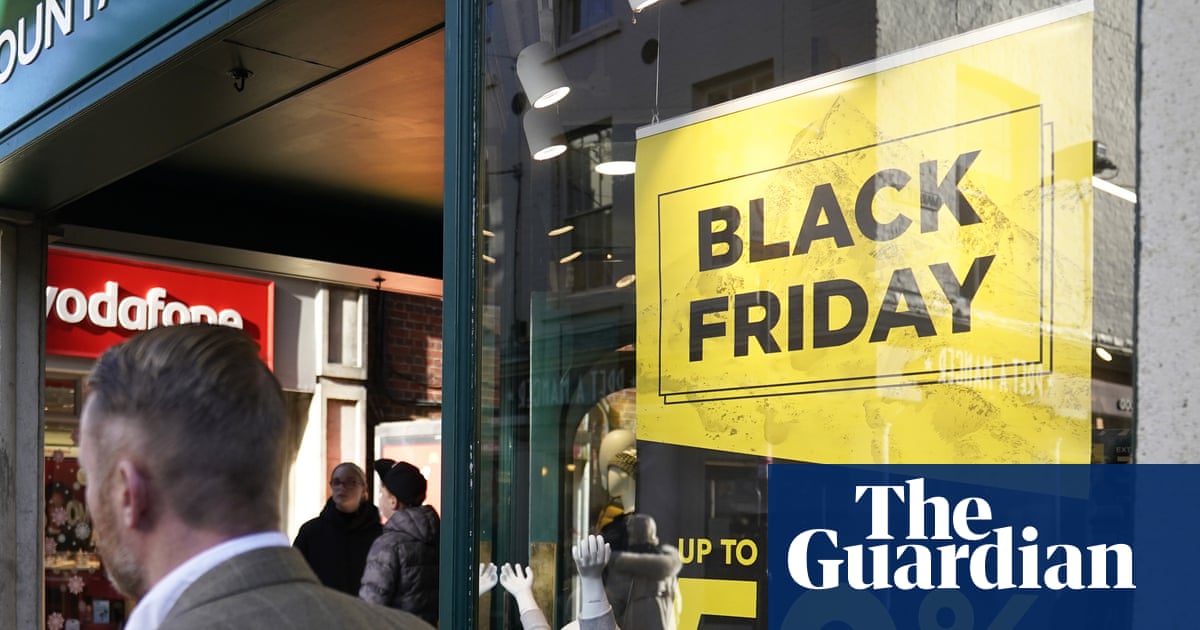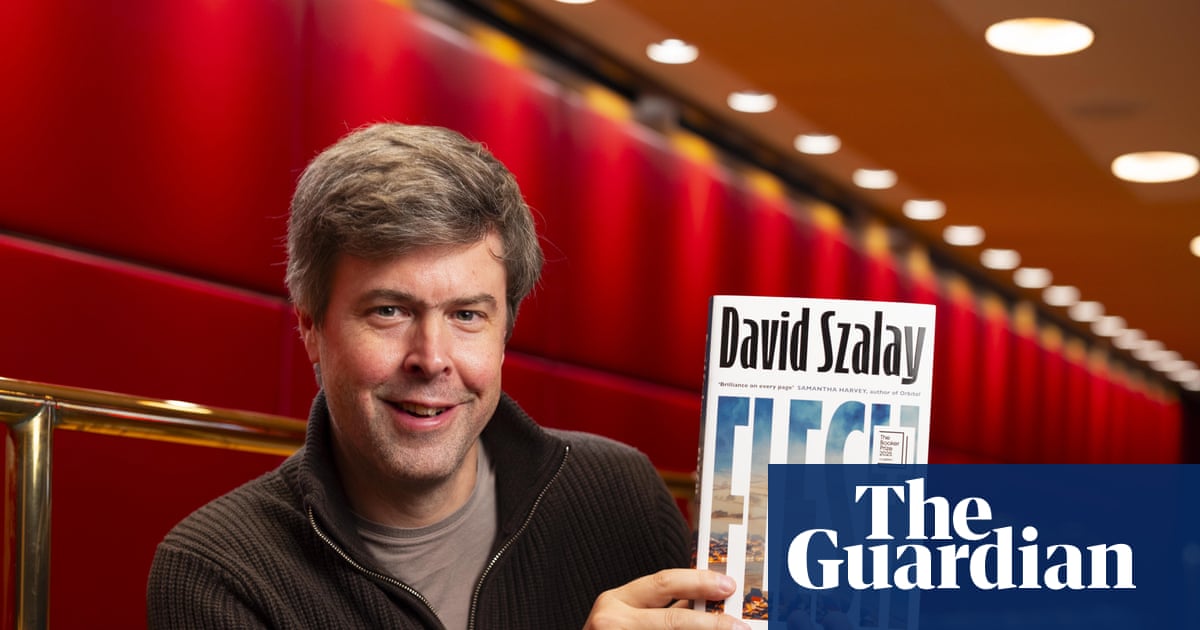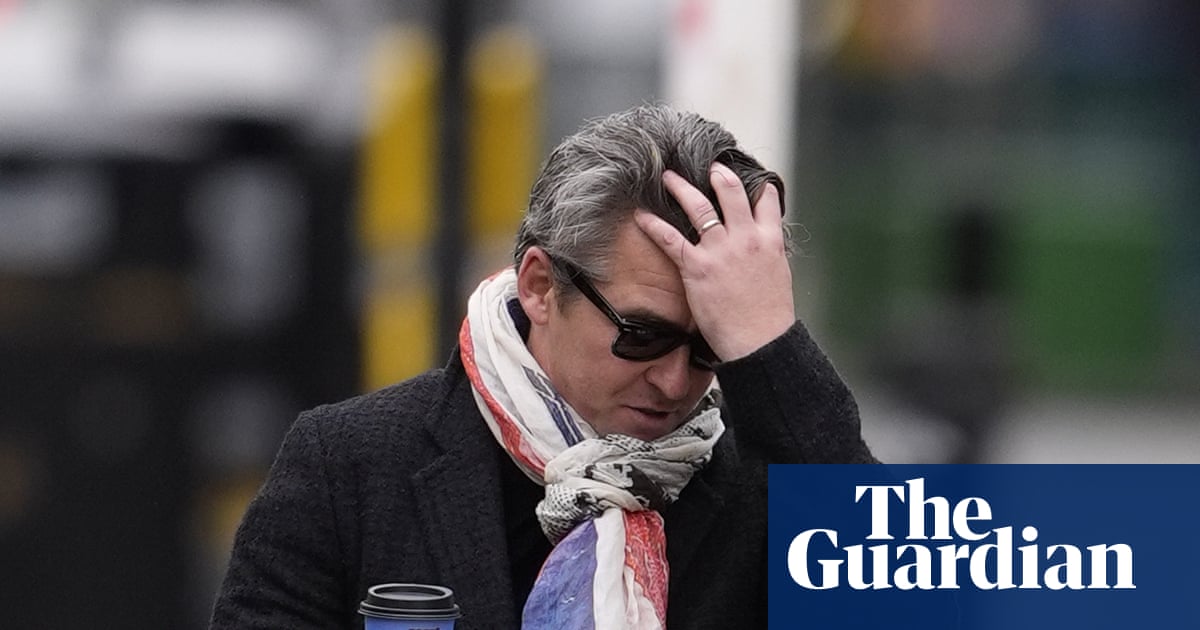Collaborating with a fragrance company, the Sainsbury Centre has developed a scent designed to calm and induce a mood of peace. You can sample it in a “multi-sensory reflective space” created to display a Monet landscape lent by the National Gallery, one part of a constellation of exhibitions and events centred around the question: Can We Stop Killing Each Other? But by this point the only question I was asking is, why did I fall for it and make the trip to this glass house on the University of East Anglia campus?
Jago Cooper, its director, is full of bright ideas. He’s set out to inject energy into the home of the Robert and Lisa Sainsbury Collection with such wheezes as declaring all its artworks to be “alive” – and staging shows around Big Questions of Our Time. Maybe this particular question is too big, but I think if it had been broken down and some logical clarity applied there might have been something to say – instead of saying nothing, which is what this windy absence does.
Monet’s beguiling 1872 painting The Little Arm of the Seine at Argenteuil, which depicts a foggy day in the French countryside, is supposed to make us reflect on peace (but what if the light on the river interests me more?) in a setting the Centre seriously claims is a prototype “to develop and research trauma-informed cafes as part of the Sainsbury Centre’s Compassionate Museum programme”. But all the Monet room really does is typify the way random elements have been thrown together here with nothing but gibberish to tie them together.

Equally mystifying is Anton Forde’s Tiaki Ora, a gathering of wooden monoliths in the bright ground floor space. There is a historical and anthropological backstory but it makes no visual difference. Humanoid, figurative yet slipping into sacred-seeming abstraction, the carvings stand in a triangular formation with potted plants between them. To look at and walk among them, the effect is as bland as a garden centre.
Sadly, in art as in music, the devil has the best tunes. Another exhibition, Eyewitness, is a survey of the dramatisation of killing in art, cinema and other global cultural forms. It sounds meaty but drifts into irrelevance. How can you have an exhibition about images of violence that does not gratify some need or desire to see violence? – the curators appear to have wondered. You can’t, and its only good moments are gory ones. Hogarth’s Four Stages of Cruelty prints, in which the brutalisation of a youth on the streets of 18th-century London leads him to kill a woman before being judicially killed himself and disembowelled by anatomists is shown beside Mat Collishaw’s photographs of the last meals chosen by prisoners on death row in the US. Arranged and lit like Dutch still-life paintings, these reconstructions of actual last meals chosen have devastating pathos.

But that’s all too disturbing. Next up is a section on puppet theatre in India, then a ponderous display of Punch and Judy puppets. Things get even more eccentric and timid with a section on Shakespeare in which there are lots of cardboard cutout characters, toy theatres and third-rate Victorian paintings of tragic characters. It is impossible to fathom why any of this belongs in an exhibition about violence.
At least Christian Marclay’s video installation Crossfire has violence in it. You stand surrounded by four screens, with clips of Hollywood gunfire all around you, caught in the crossfire. But coopting it as a condemnation of Hollywood violence risks exposing a shallowness in the work. Crossfire removes the context to make the shooting comically inane, but is movie violence always meaningless or can it in fact (as in Shakespeare) have dramatic power and truth? Marclay uses the final frames of Martin Scorsese’s Goodfellas with Tommy shooting at the audience. But Scorsese is a serious, moral artist, his use of violence a long way from meaningless. You would learn far more about human evil from watching Goodfellas at home.
Then Eyewitness is over and there is another show by Ethiopian painter Tesfaye Urgessa, whose impassioned depictions of the human figure have nothing to do with the theme of violence. The wall texts make a vague link, but by this time this megalomaniac dream of solving global problems with puppets and toy theatres had lost me. It is utterly bonkers.

 1 month ago
55
1 month ago
55

